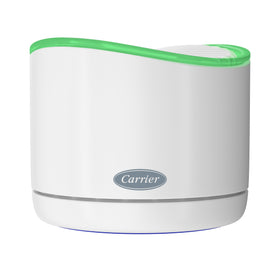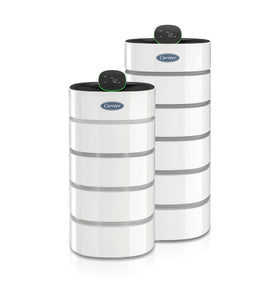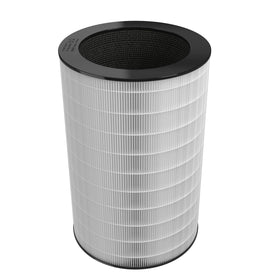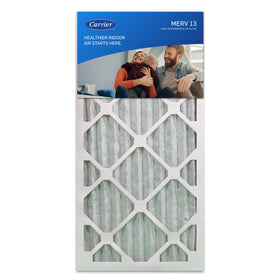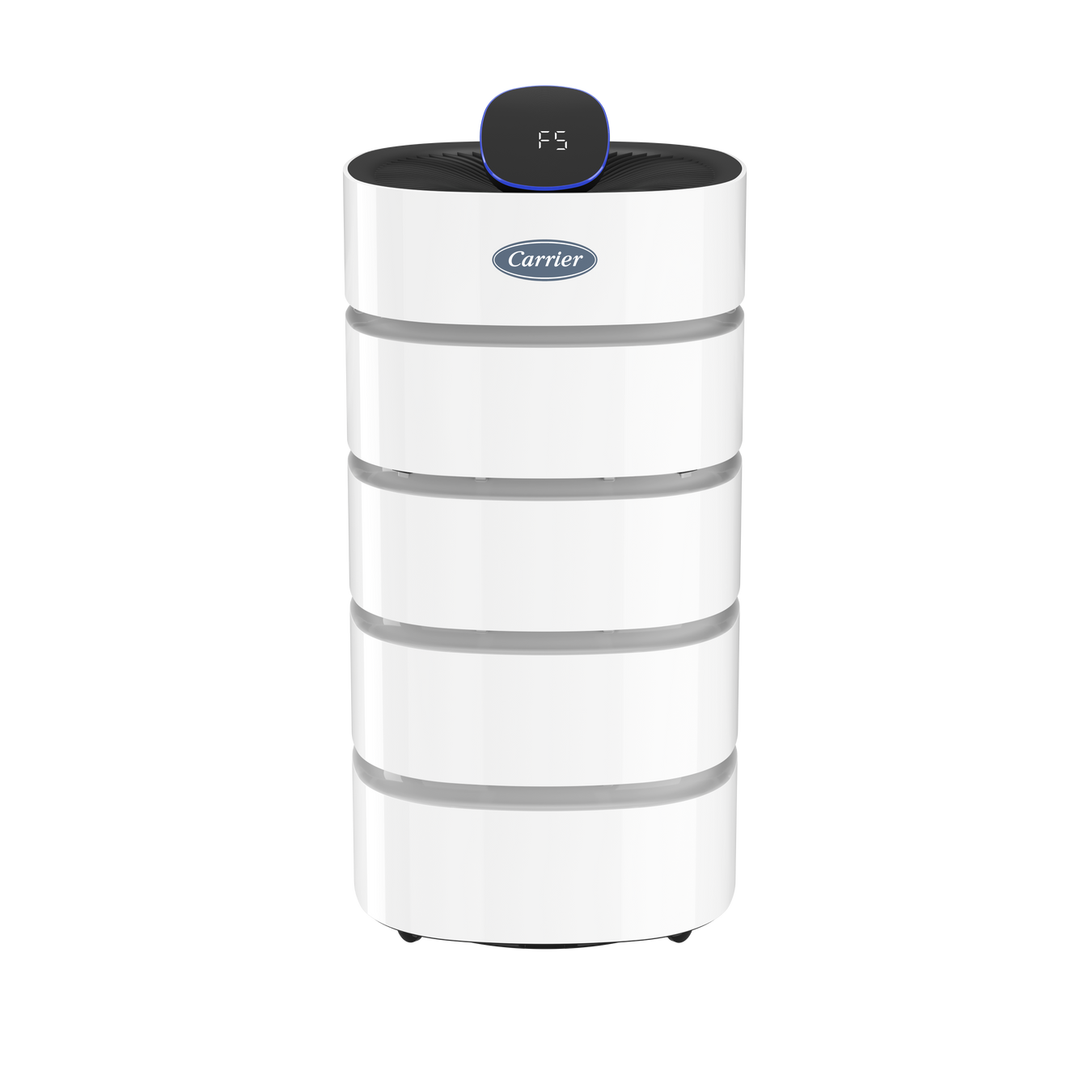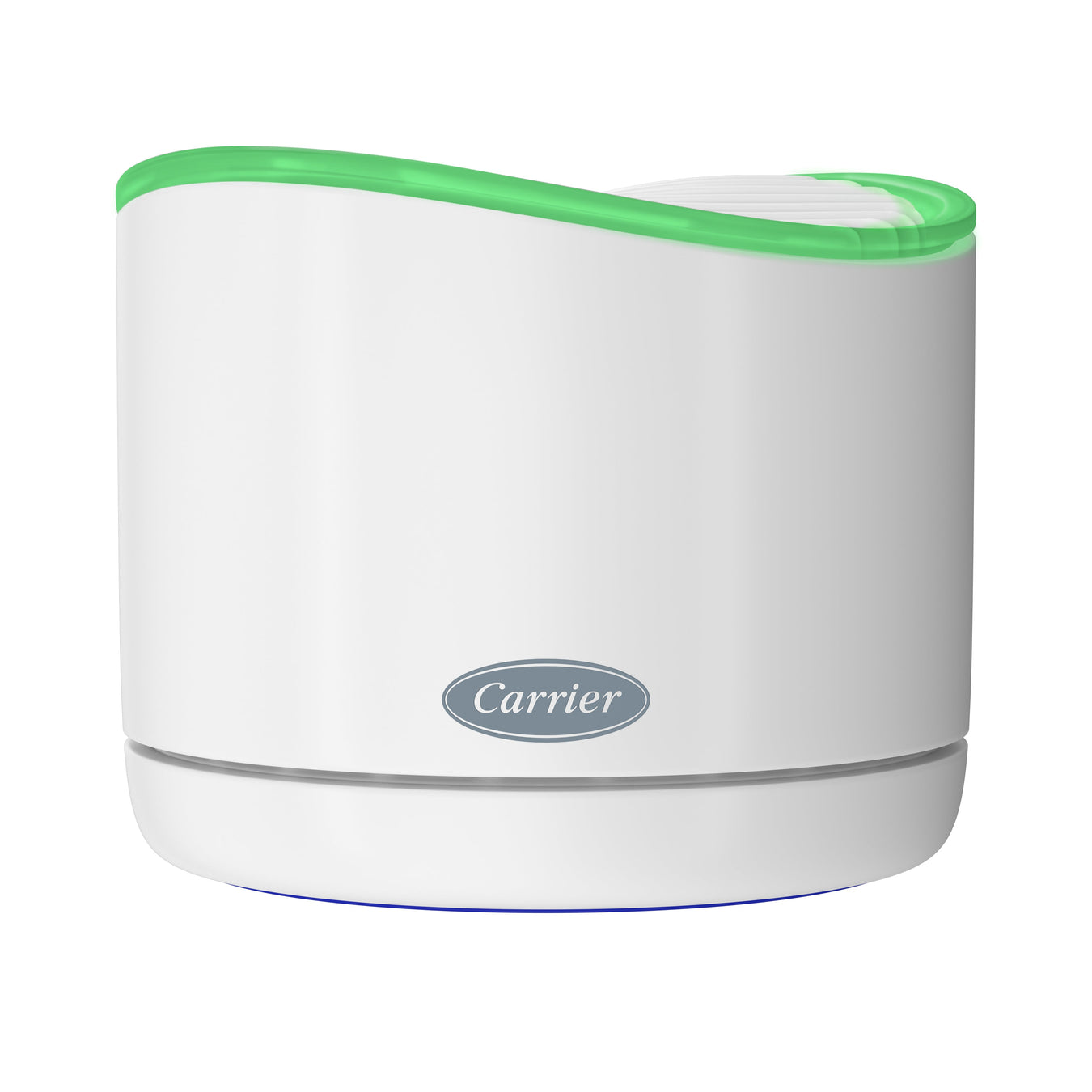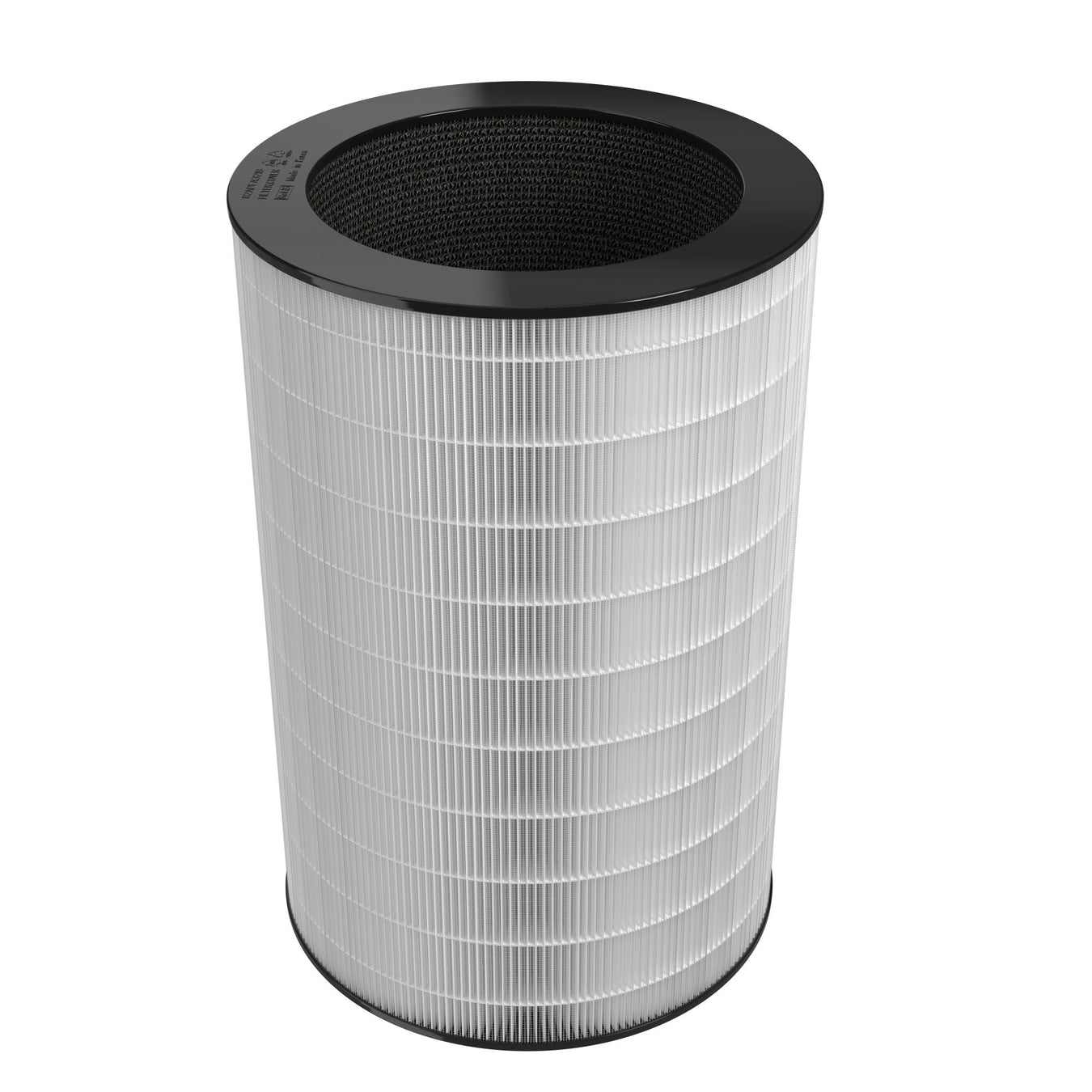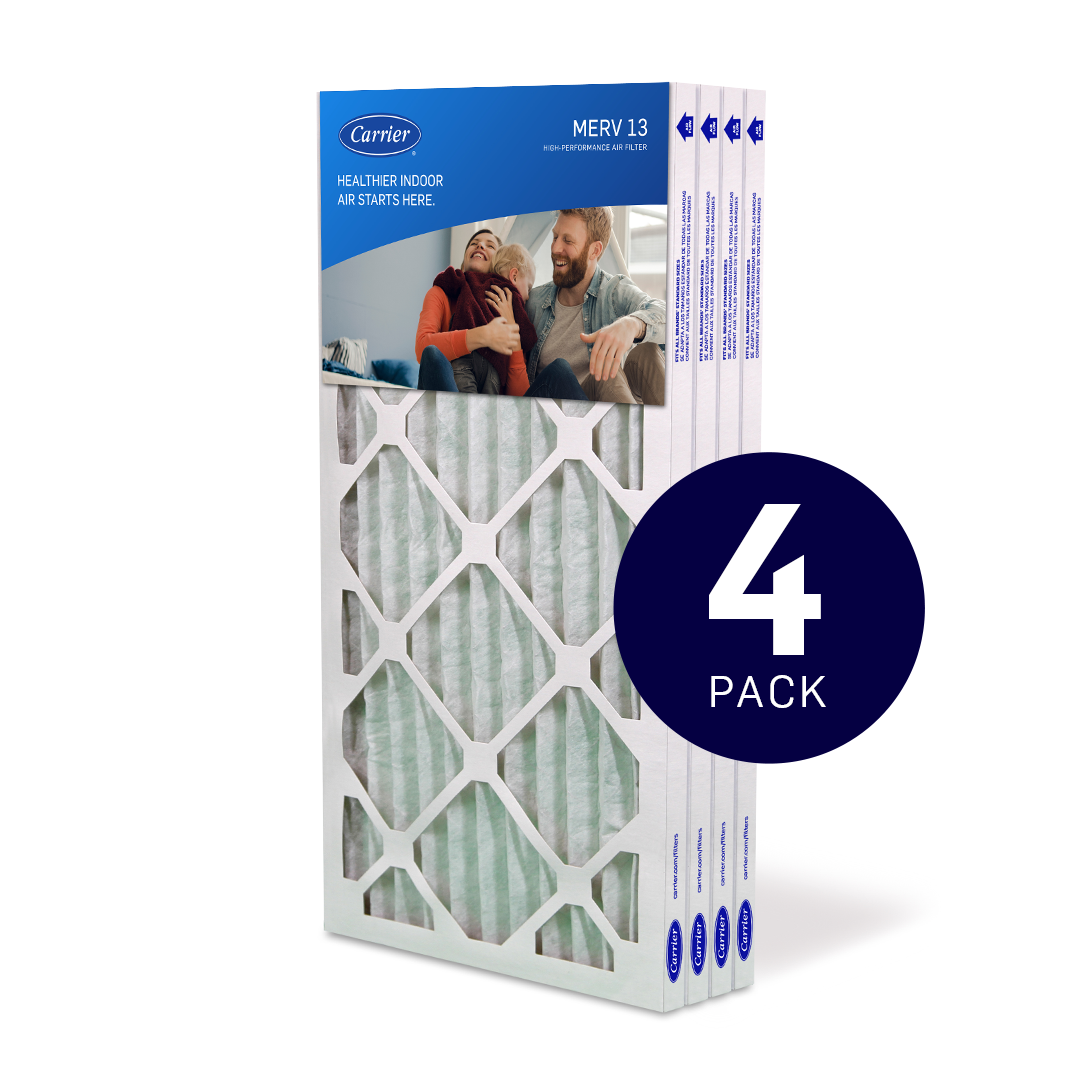
All About Merv Filters
Short for Minimum Efficiency Reporting Value, MERV is an acronym that essentially rates the effectiveness of a given air filter to trap particulate matter that passes through the filter, which in turn helps reduce pollutants from recirculating back into the air within your home or office. MERV filters with a lower rating, for instance, filter out the largest particles primarily, while those with higher rating numbers trap small particles as well as larger particles, according to the Environmental Protection Agency (EPA).1 The MERV rating system, now considered the standard in air filtration, was created by the American Society of Heating, Refrigerating, and Air Conditioning Engineers (ASHRAE).
Read more to answer the question, “what MERV rating do I need in my home?” In this article, we will discuss the various types of filters with higher MERV ratings or read on to learn all about MERV filters.

Why Are House Air Filters Important?
The EPA has stated that upgrading the air filter inside a home can help incrementally improve indoor air quality.2 In fact, higher efficiency MERV rated filters can even help to trap airborne allergens like pet dander, dust and pollen and tobacco smoke. No air filter can remove 100 percent of all impurities found in the air, but as you’ll see, house air filters can go a long way to help improve your indoor air quality. For those who own pets or live in areas of strong seasonal allergy hotspots, having a house air filter and keeping it regularly cleaned or maintained is a must.
Since house air filters trap airborne contaminants and particles, over time they will become dirty or clogged which can restrict the airflow. Therefore, regularly changing your air filter can help keep your HVAC system in good, working order. As we’ll discuss, the strength of the filter you choose can impact how well an HVAC system runs, and a higher numbered MERV rating isn’t always the best choice, as stronger filters can tax certain systems to the point where they work overtime to push air through your home.

When Should I Replace My MERV Filter?
How often should MERV filters be changed, really? Even a cursory search of the Internet yields a wide — and often dizzying — array of opinions on which MERV filters to use and how often to change them. In some cases, these maintenance estimates are too generous, which can lead to overworked HVAC systems and ineffective air filtration efforts in your home. The frequency that you need to change your air filter depends on the type of air filter you have, your HVAC system, usage, and other factors. Thicker filters will typically last longer than thinner ones. For example, larger 4” pleated filters may last up to six months. However, many 1” MERV filters must be replaced at least once per season, which comes out to roughly every three months of each calendar year.
While all MERV filters are designed to trap particulate matter the higher the MERV rating, the more efficient the filter will be at trapping pollutants. In an upcoming section, we’ll discuss the importance of MERV filter ratings and exactly what each rating number means.
Are MERV Furnace Filters and AC Filters the Same?
To clear up any confusion, yes, MERV furnace filters and AC filters are generally the same thing, but the phrases are sometimes used interchangeably. Each home air conditioner or HVAC system uses a furnace filter to help keep unclean air at bay. As the HVAC unit cycles air through the filter, impurities in the air such as dust, pollen, pet dander and other allergens pass through the filter, helping to keep the home’s occupants breathing cleaner air, which underscores the importance of a regular filter maintenance schedule.
Luckily we have a wide range of Carrier MERV air filter, ranging from MERV 8 to MERV 13.
Where Are the Air Filters In My House?
If you’re thinking, “that’s all good and well, but where are the air filters in my house or apartment,” it’s a common question we get, so in this section we will explain the most common locations of home air filters.

The first thing to know is that not all air filters are located in the same place on each HVAC unit. In fact, not all of them are even located directly on the unit itself, with homeowners sometimes finding them behind grates sunk into their home’s walls or ceilings.
One of the most common types of air filter is found directly on the furnace unit. With these, you can locate the filter by sliding open a metal panel which is usually on the front facing portion of the unit. Before removing the metal panel, make sure to turn off the power to your furnace or fan coil, which can normally be done by flipping a switch that is installed on or nearby your equipment. Once the panel is set aside, you’ll find the air filter positioned either vertically or horizontally within the unit.
From this point, you will:
- Carefully remove the old filter, being extra cautious not to disturb the dust and other particles collected on top of it. (Note: the filter may be located above or below or to the side of the unit, depending on the model and orientation of the installation).
- Set the old filter aside.
- Insert the new air filter in the same position as the old filter was, paying attention to any directional arrows printed on the filter which show you which way the air should flow.
- Re-brace the filter if applicable and slide the panel back into the unit and turn the furnace/fan coil power switch back on.
However, if this is something that you aren’t comfortable doing yourself, we recommend contacting a local Carrier expert who can perform this service for you.
With a return air duct or vent, the operation is very similar.
- First, turn off the power to your furnace or fan coil.
- Locate the return duct, which is usually a large, louvered vent attached to the ceiling or lower portion of your home’s wall.
- Unscrew the grill and set it aside, making sure to keep track of any bolts or screws used to keep it in place.
- Slide out the old filter and insert the new one.
- Replace all screws or bolts along with the grill and turn the furnace/fan coil power back on.
By following these easy steps once each quarter, or as recommended by your filter manufacturer, you can help avoid bogging down your air handler from a dirty or clogged air filter and promote cleaner air filtration inside your home.
Where Can I Buy MERV Filters?
Now that you understand how MERV filters work, when they should be replaced and how to successfully replace them, here’s a link to some of our most popular 1” air filters that you can buy.
Purchase Replacement Air Filters
If you need further assistance with your HVAC maintenance, don’t hesitate to get in touch with your local Carrier HVAC dealer. Local Carrier experts offer years of expertise to help keep your HVAC system running smoothly for years to come.

